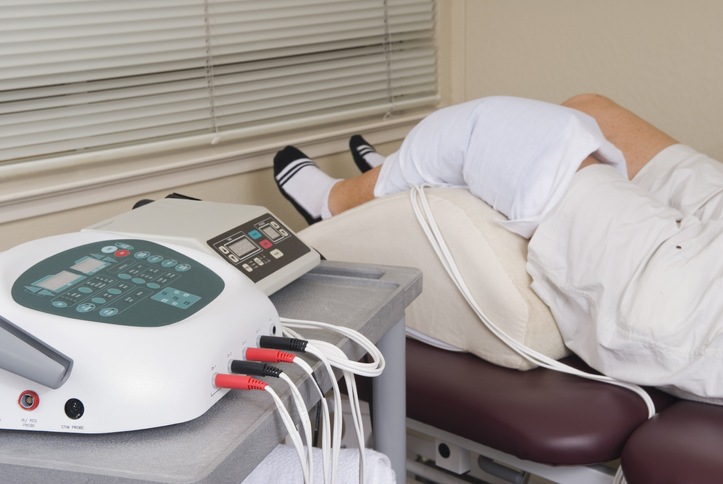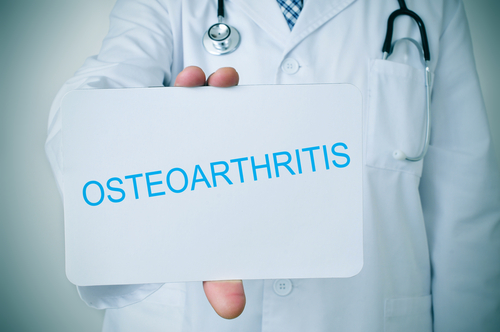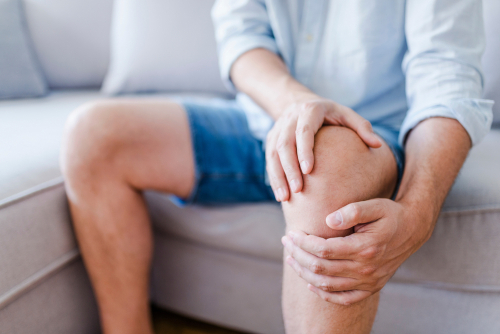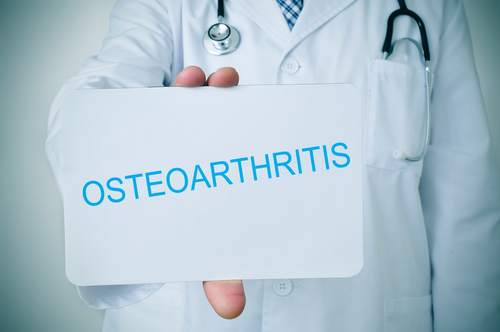
A new study observed the pain reduction benefits associated with a “pleasant sensation” resulting from icing the knee and palm of the hand in total knee arthroplasty (TKA) patients.
“Cold therapy on the operated area after surgery is often used as an analgesic and to reduce pain, swelling, and increase [range of motion],” the study authors wrote. “The effectiveness of analgesia induced by cold therapy, such as cryotherapy, ice pack, and ice massage, has been reported to reduce tissue temperature and nerve conduction velocity. However, evidence to support the results of cold therapy is still scarce and the mechanism underlying its effectiveness remains unclear.”
The study included 37 patients with osteoarthritis of the knee who underwent TKA at a university hospital or general hospital. Eligible patients were those receiving primary TKA, aged 40 years or older, and were ambulatory prior to surgery. Patients were excluded if they were receiving revision TKA, were nonambulatory prior to surgery, presented severe inflammation, and exhibited deep vein thrombosis postoperatively.
Patients underwent minimally invasive TKA with a posterior-stabilized prosthesis. Intraoperative epidural anesthesia was used and all patients received patient-controlled epidural analgesia for the first two days postoperatively. Strengthening and range of motion exercises and mobilization using a high walker were included in postoperative rehabilitation. Patients received nonsteroidal anti-inflammatory drugs twice a week for four weeks postoperatively. After at least three weeks, patients were either transferred or discharged. From the day of surgery until postoperative day two, patients received continuous flow cold compression therapy. Optional knee icing was provided from days three through seven as part of usual care.
The study took placed for two consecutive days between postoperative days eight and 15. The researchers explained the intervention: “The patients were made to rest in the supine position with pillows under their head and knees during both treatments. Icing was conducted using an aqua gel cold pack (Hisamitsu Pharmaceutical Co., Inc. Tokyo, Japan). The cold pack was covered with a cloth to protect the skin from potential thermal damage and placed on the anterior surface of the treated knee or palm on separate days, respectively. The cold pack temperature before treatment was 1–1.5°C. Patients were instructed to apply the cold pack for 10 min.” The main outcome measure was knee pain intensity during maximal passive knee flexion. All patients were asked, “Did you feel a pleasant sensation during icing?” and were stratified into two groups based on whether they did or did not feel a pleasant sensation.
The study was published in the Journal of Pain Research.
Pleasant Sensation, Not Icing Location, Makes Difference
Overall, 64.8% of patients (n = 24) felt a pleasant sensation during knee icing, and 70.2% (n = 26) during hand icing. Just under a third (n = 11, 29.7%) of patients felt a pleasant sensation during knee icing but not hand icing, 35.1% (n = 13) did during hand icing but not knee icing, and 35.1% (n = 13) also felt a pleasant sensation during both knee and hand icing.
Pain intensity before knee icing was 61.3 mm, compared to 46.4 after knee icing, for a 14.9 mm difference; for hand icing, the before and after scores were 63.7 mm and 48.9 mm, for a 14.7 mm difference. Upon two-way analysis of variation, the authors observed “significance only in the main effect of a pleasant sensation but not in the icing site and interaction.”
The authors concluded, “This study shows that a pleasant sensation evoked by knee or hand icing influenced the effect on pain intensity during maximal knee flexion in patients after TKA. Hand icing may be an optional treatment for patients after undergoing TKA.”







 © 2025 Mashup Media, LLC, a Formedics Property. All Rights Reserved.
© 2025 Mashup Media, LLC, a Formedics Property. All Rights Reserved.